#IndustryNews
Southern Unionization Remains An Uphill Battle As Governors Caution Against UAW
With the United Automobile, Aerospace and Agricultural Implement Workers of America International Union (UAW) seeking to expand in the Southern United States, Republican governors have started to condemn the action on the grounds that it would be detrimental to the economy. Governors in Alabama, Georgia, Mississippi, South Carolina, Tennessee and Texas released a joint statement against the UAW shortly before Volkswagen workers in Chattanooga, Tennessee, were supposed to begin voting on whether or not to unionize.
Stellantis Investors Fume Over CEO Pay Amid Job Cuts, Plant Closures, Supplier Strife
Stellantis CEO Carlos Tavares’ pay increase has annoyed a subset of shareholders as the automaker positions itself for more layoffs and attempts to shift the production of electric vehicles to countries where labor is cheaper. Meanwhile, the automaker's unwillingness to renegotiate contracts with suppliers had created additional tension with its business partners.
U.S. Traffic Deaths Declined in 2023 But Remain Historically High
The National Highway Traffic Safety Administration (NHTSA) has announced that traffic deaths declined by 3.6 percent in 2023. While this is good news, the United States continues seeing per capita vehicle fatalities at the highest rate witnessed since the mid 2000s.
In 2023, the NHTSA reported 40,990. This is in contrast with the 42,514 on-road deaths cited for 2022. However, the U.S. witnessed a fairly staggering decline in vehicular safety starting around 2015 and we’re still seeing metrics that would be considered high from before that period.
Baltimore Bridge Collapse Has Major Implications for Automotive Sector
A cargo container ship exiting the Port of Baltimore collided with the Francis Scott Key Bridge early Tuesday morning. You’ve undoubtedly seen the footage by now, as well as the rampant speculation about what happened. As of now, nobody seems to know the full details of the incident but the ramifications should be relatively easy to predict. As a major shipping corridor for the United States, losing access means supply chain bottlenecks.
Bentley CEO Jumps Ship for Aston Martin
Bentley's former CEO Adrian Hallmark has broken with the company after making remarks that sales were down due to wealthy people buying fewer luxury products over concerns that it might upset poorer people living in those markets. That’s paraphrasing and his words were chosen much more carefully. However subsequent clarification from Bentley suggested that some markets were “experiencing continued economic and political difficulty” that would dissuade “showing displays of wealth.” It didn’t play well in the media and Hallmark has reportedly left the brand and since taken up with Aston Martin.
Why Did Trump Propose a 100-Percent Tariff on Mexican Auto Imports?
Earlier this week, Donald Trump suggested that he would impose a 100 percent tariff on select automobiles manufactured in Mexico — sending the industry into a minor tizzy.
Having done some digging into the matter, Trump only appears to be targeting Chinese vehicles being manufactured south of the border. The statement was made during the “Buckeye Values PAC” rally in Dayton, Ohio, and comes after Chinese automaker BYD announced plans to build a production facility in Mexico. While most of the resulting vehicles are assumed to be electric, BYD has stated its intention is not to sell them within the United States.
Report: Lithium Americas Breaks Ground in Nevada Mining Operation
Lithium Americas has broken ground on its Thacker Pass mining operations, potentially opening the door to what some are calling the largest lithium deposit in the entire world. However, it’s estimated to be another three years before refinement takes place and the materials can be adapted for use in battery powered products — including all-electric vehicles.
Driving Dystopia: Automakers Are Selling Your Driving Data to Insurance Companies
A recent report from The New York Times has accused automakers of selling customer driving data to insurance firms. While this is something many drivers had already been made aware of since the implementation of connected vehicles, the outlet claims that the amount of data has ramped up to a staggering degree. Not only is the amount of data being shared staggering, so is the specificity and degree to which it’s impacting people’s insurance rates.
The report focuses on LexisNexis’ “Risk Solutions” program formerly dedicated to keeping track of accident reports and moving violations. However, the division has expanded dramatically over the years and now oversees just about every scrap of relevant data modern vehicles can accumulate about you.
What Kind of Cars Do Women Actually Want?
On International Women’s Day, the Kia EV9 was announced as the “Supreme Winner” of the Women's Worldwide Car of the Year (WWCOTY) 2024. However, saying that this is the vehicle women most desire — let alone are willing to spend money buying — is probably a stretch.
Self Driving Probably Won’t Improve Until Artificial Intelligence Does
Following yesterday’s article about the IIHS suggesting the implementation of driver-monitoring as a way to mitigate lackluster advanced driving systems, many readers asked why automated driving still seemed so far behind in terms of development. After all, we have had companies promising the sale of commercially viable autonomous vehicles for years. But companies are nearly half a decade behind schedule with a public that has almost completely lost faith in the program.
What happened?
Senate Bill Seeks to Tariff Chinese Vehicles Out of Existence
This week, Senator Josh Hawley (R-MO) is introducing legislation to increase tariffs on imported Chinese vehicles this week with the stated goal of dealing with the “existential threat posed by China.”
The bill seeks to raise the base tariff rate from 2.5 percent to 100 percent, including vehicles owned by Chinese-based automakers that are assembled in places like Mexico. With Chinese exports already under a 27.5 percent tariff, the changes would effectively make those products prohibitively expensive.
Report: U.S. Prepping $540 Million for SK Group Semiconductor Factory in Michigan
The United States Department of Energy has confirmed plans to loan $544 million to South Korean tech conglomerate SK Group under the conditions it be used to expand semiconductor production in the Midwest. Finances have been earmarked for a facility operated by subsidiary SK Siltron CSS to expand a plant located in Bay City, Michigan, which had previously expressed plans to build more chips.
U.S. Rumored to Soften Emission Targets, Slow EV Adoption Push
Reports are circulating that the United States Environmental Protection Agency (EPA) will soften vehicle emissions targets against the stringent metrics proposed by the group in 2023. This follows lackluster EV adoption rates that run counter to the plan and pushback from dealer organizations, automakers, and consumer groups. But we need to take a closer look at the story, because things are rarely as simple as initially presented.
Imported Audi, Porsche, and Bentley Models Held Back Over Forced Labor Allegations
Thousands of vehicles manufactured under the umbrella of Volkswagen Group are being held at U.S. ports for allegedly violating the Uyghur Forced Labor Prevention Act (UFLPA). Enacted in 2021, the law is supposed to prohibit the utilization of slave labor in Western China. While the impacted automakers include Porsche, Bentley and Audi, we’ve seen plenty of brands being accused of leveraging forced labor in the Xinjiang region of China, where the country is said to have forcibly concentrated the Uyghur ethnic minority.
Report: Aston Martin Seeking Fourth CEO in Four Years
Aston Martin is reportedly reaching out to candidates to replace Amedeo Felisa as the company’s chief executive officer, potentially setting the business up to have its fourth CEO in four years. Felisa has headed the UK-based automaker since May of 2022 and inherited a situation where the business was already taking on sizable amounts of debt annually.



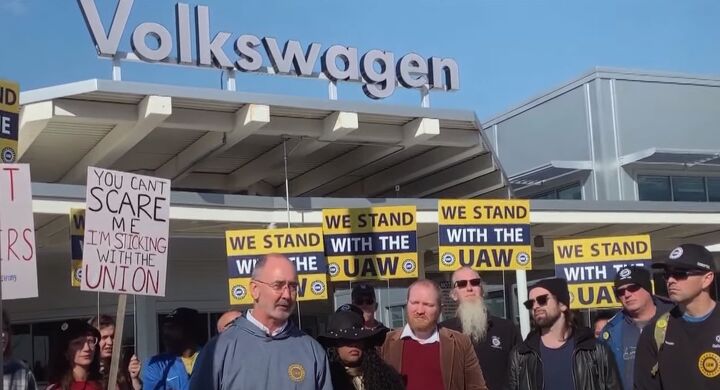

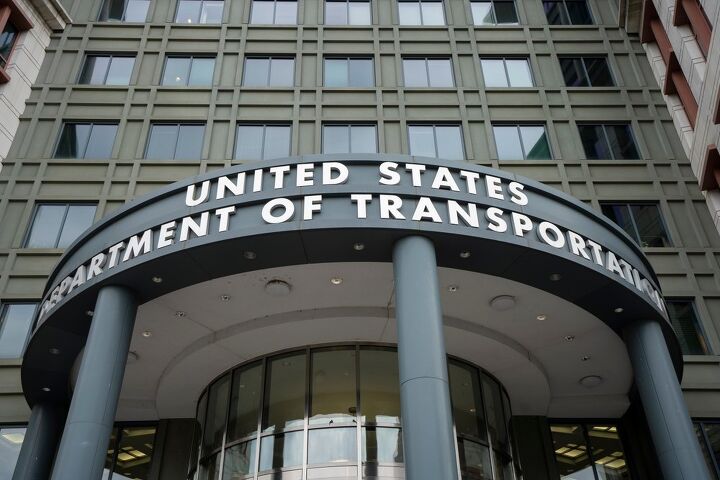

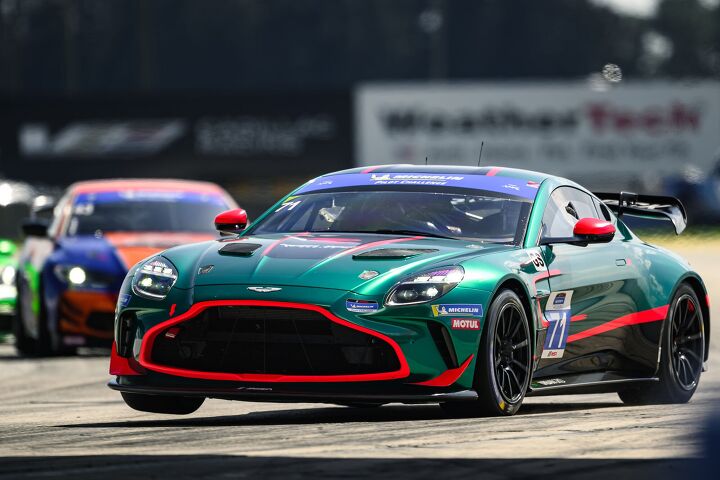
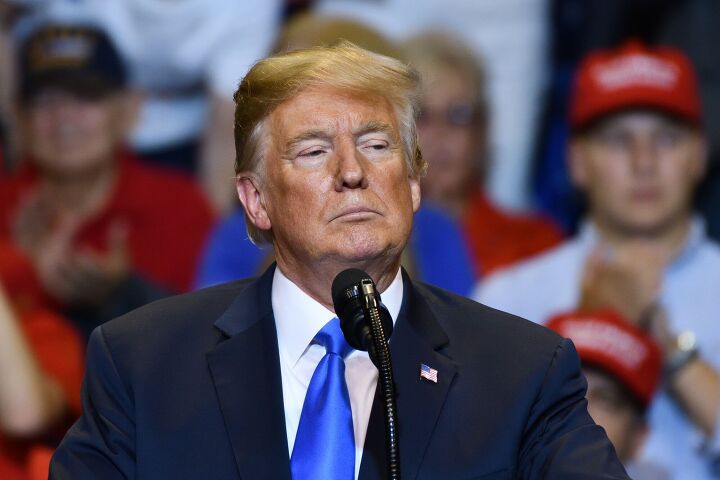
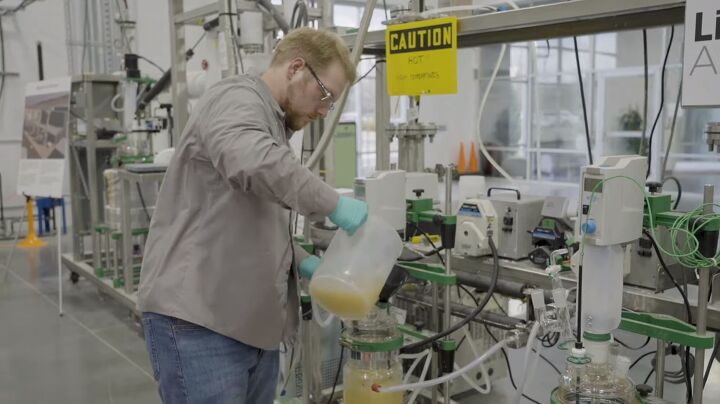
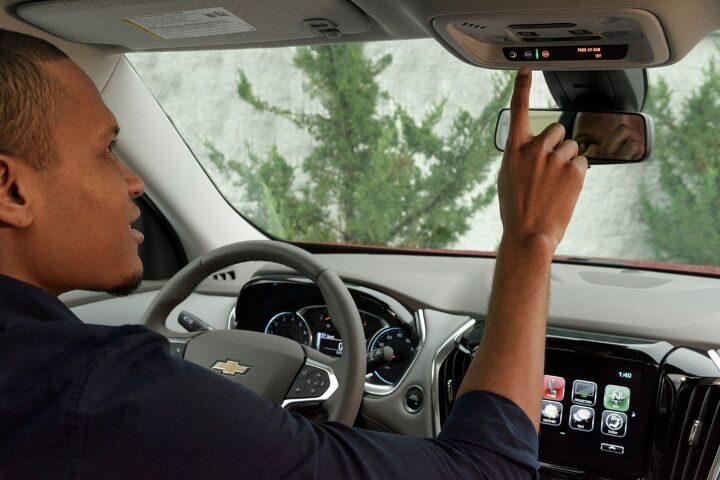
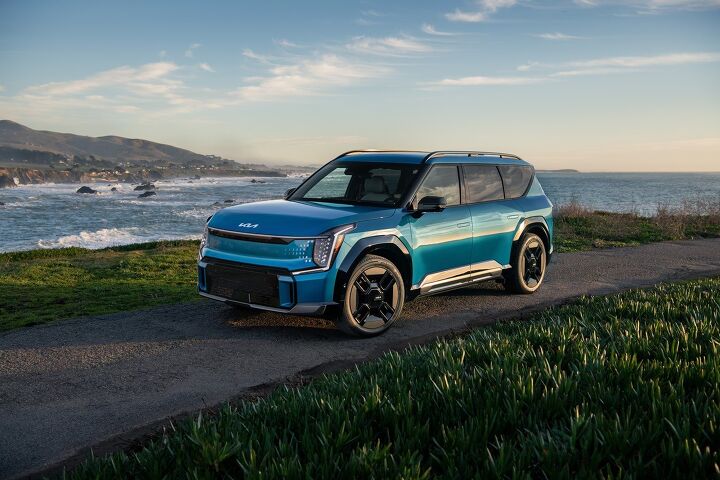
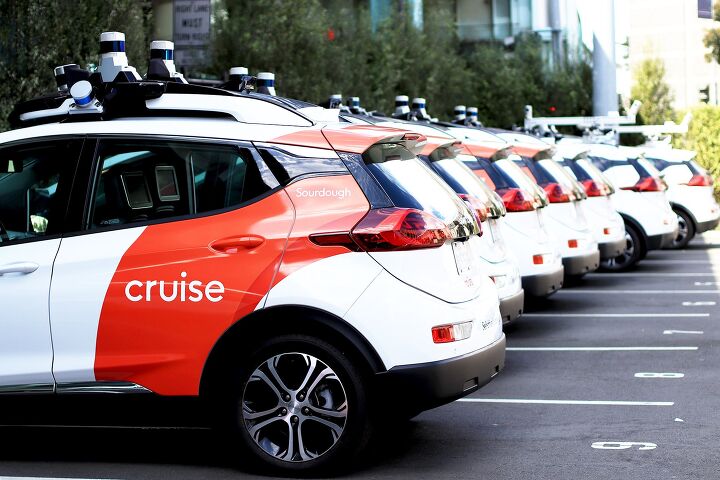
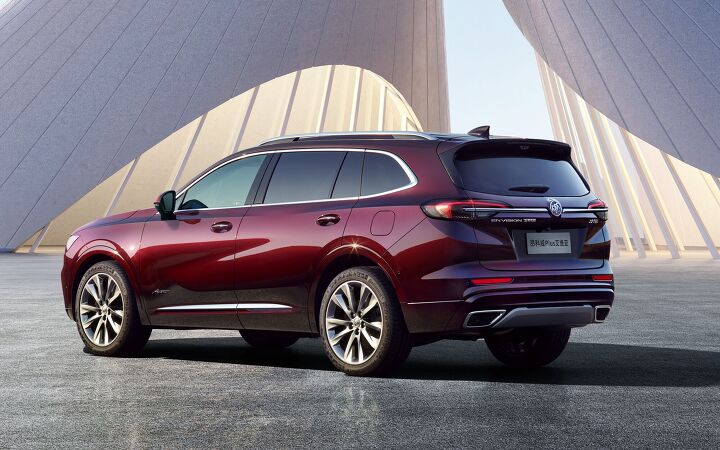
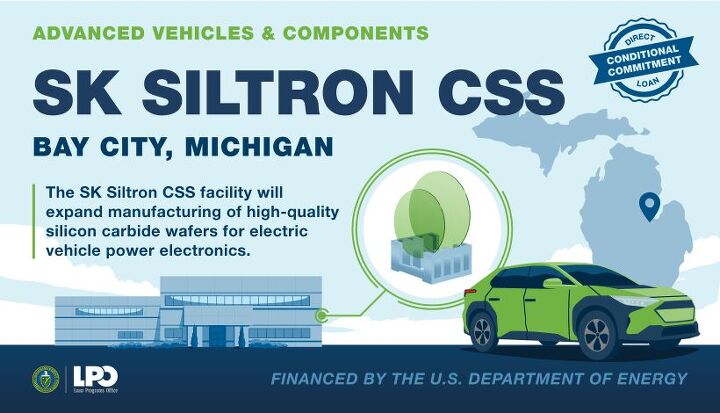
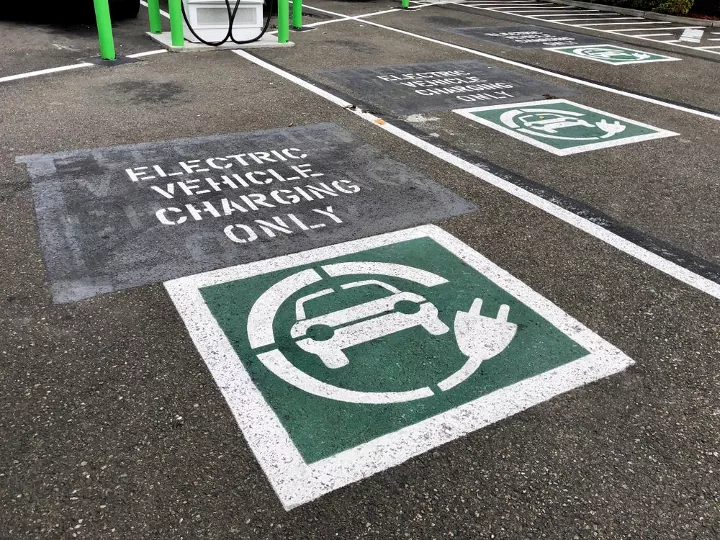
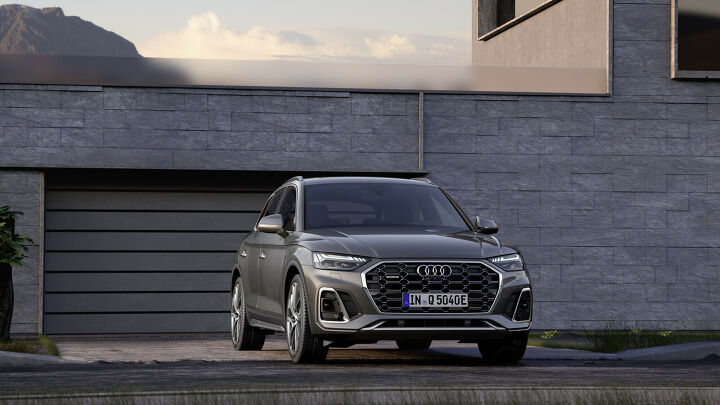
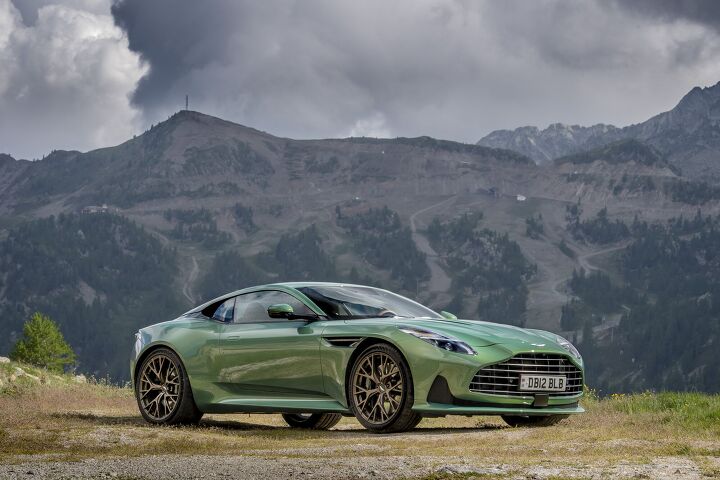












Recent Comments